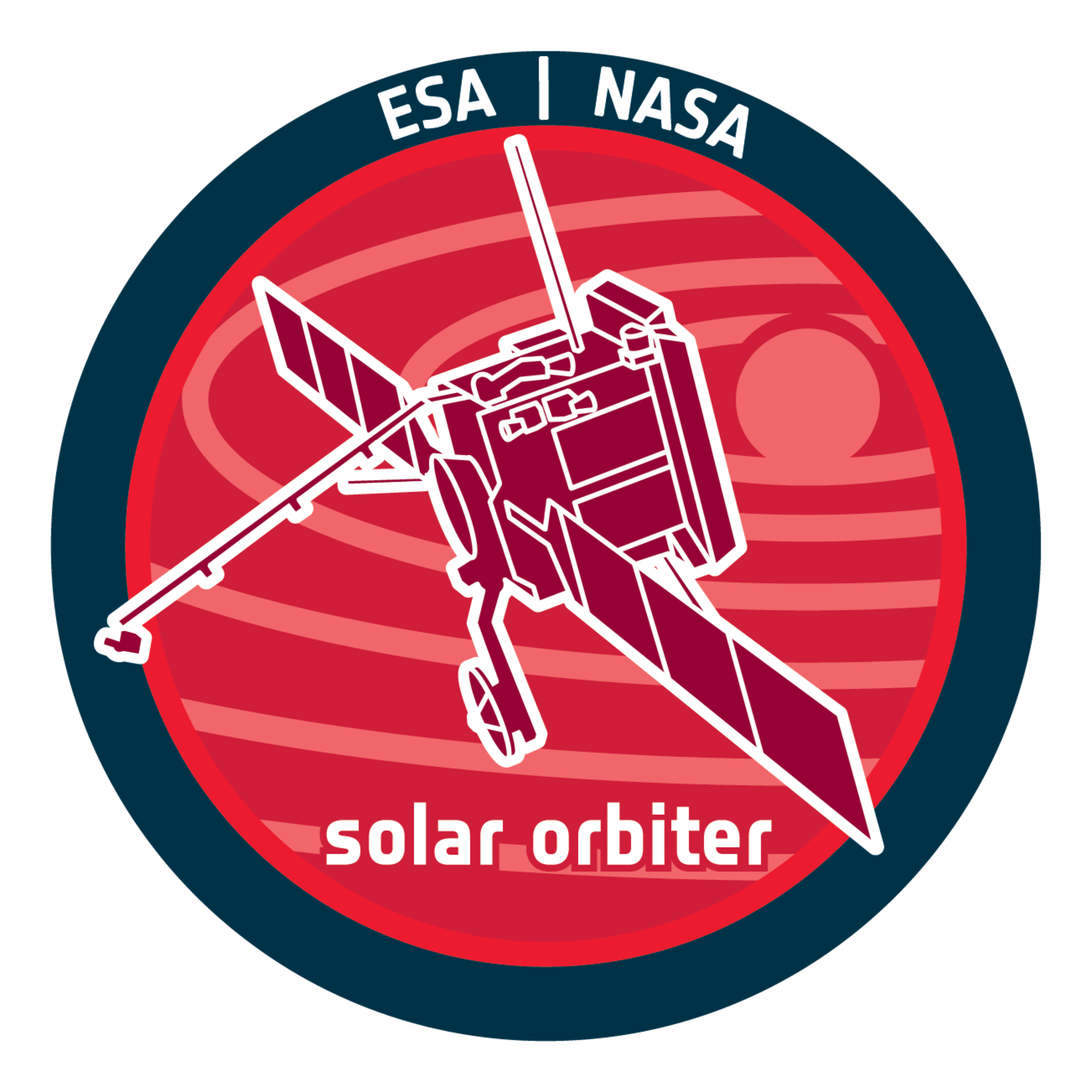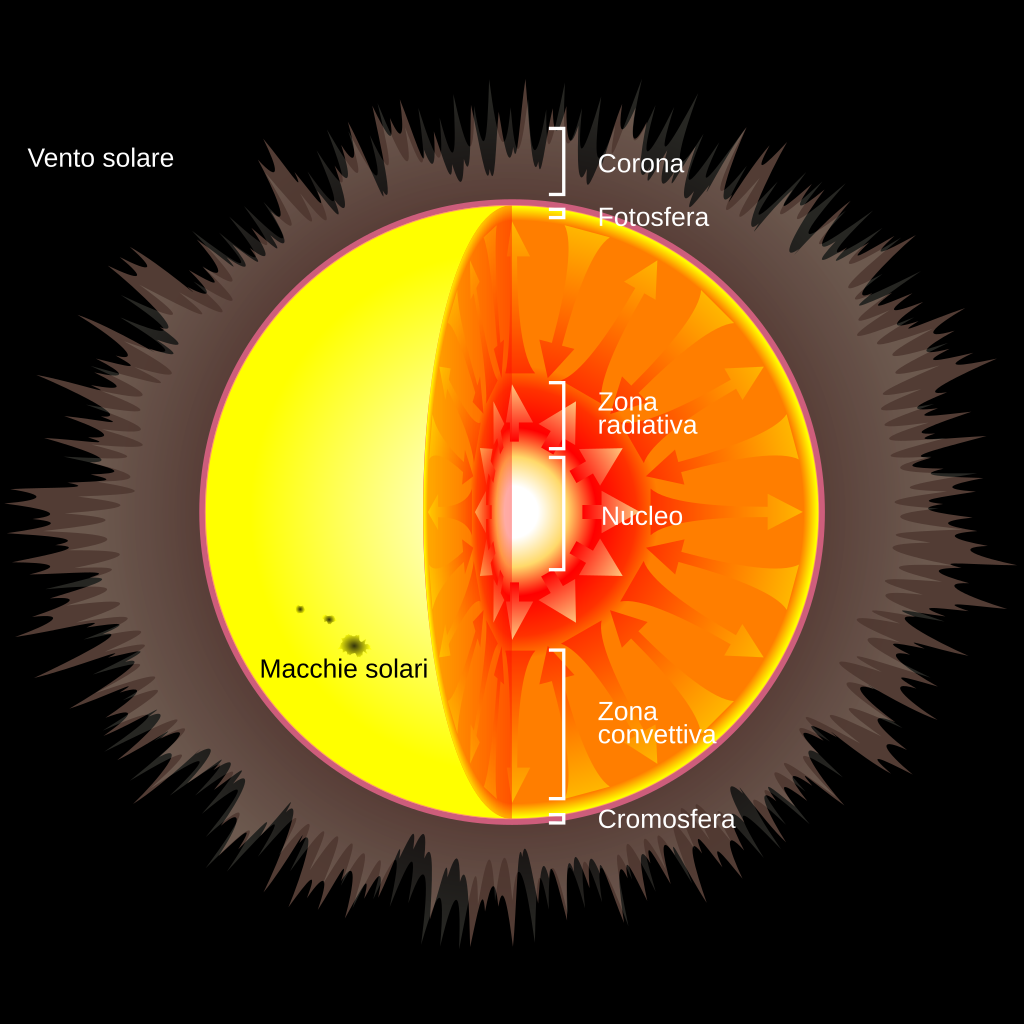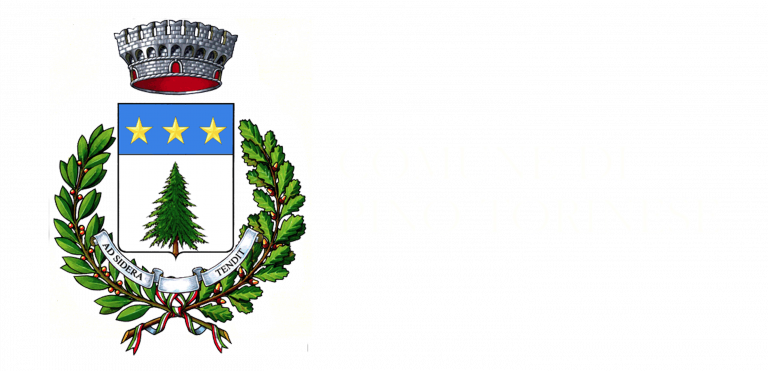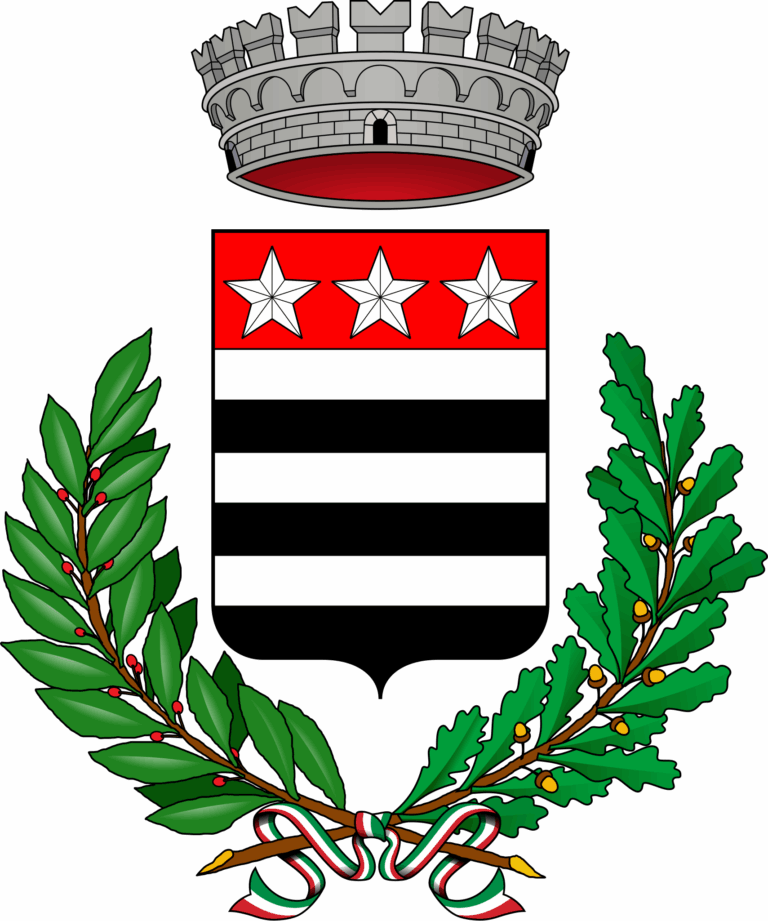SOLE
SOLE

CURIOSITÀ
La luce, viaggiando a circa 300.000.000 m/s, impiega 8,3 min a raggiungere la Terra.

DIAMO I NUMERI
1 UA = distanza Terra-Sole = 149.597.870,07 km | 499 secondi-luce Velocità Luce = 300.000.000 m/s Distanza Sole - Fine Fascia di Kuiper = 50 UA = 6,9 ore-luce Per uscire dal sistema solare la luce del Sole impiega quasi 7 ore! La sonda Voyager 1, partita dalla Terra, ci ha messo 35 anni!

EFFETTO GRAVITÀ



SOLE
Il Sole è la stella al centro del nostro sistema solare e rappresenta circa il 99,86% della massa totale di tutto il sistema. Il suo diametro è di circa 1,39 milioni di chilometri, circa 109 volte quello della Terra. Per fare un paragone, se la Terra fosse una biglia, il Sole sarebbe una palla di circa 1,6 metri di diametro!
La sua massa è circa 330.000 volte quella del nostro pianeta, e la sua gravità è così intensa che tiene in orbita tutti i pianeti, le lune, gli asteroidi e le comete del sistema solare. La superficie visibile del Sole, chiamata fotosfera, ha una temperatura di circa 5.500°C, ma nel nucleo le temperature salgono fino a circa 15 milioni °C.
È composto principalmente da idrogeno (circa il 74% della massa) ed elio (circa il 24%). Il restante 2% è costituito da tracce di elementi più pesanti come ossigeno, carbonio, neon, ferro e altri. Questa composizione è tipica delle stelle di sequenza principale, la fase più lunga della vita stellare.
Il Sole non è statico: la sua attività varia nel tempo seguendo un ciclo di circa 11 anni, chiamato ciclo solare. Questa attività si manifesta attraverso fenomeni come le macchie solari, i brillamenti solari (improvvise emissioni di energia) e le espulsioni di massa coronale (grandi rilasci di plasma e campo magnetico nello spazio). Questi eventi possono influenzare il nostro pianeta, causando tempeste geomagnetiche che possono interferire con le comunicazioni satellitari, le reti elettriche e le aurore boreali.
Durante un ciclo solare, il numero di macchie solari, eruzioni e tempeste solari aumentano e diminuiscono.
L’energia emessa dal Sole rende possibile la vita sulla Terra.
Il Sole è composto da diverse zone, ognuna con caratteristiche specifiche:
-
Nucleo
È il cuore del Sole, dove avvengono le reazioni di fusione nucleare. Qui, l’idrogeno si trasforma in elio, liberando una quantità enorme di energia sotto forma di radiazioni e particelle. La temperatura nel nucleo raggiunge circa 15 milioni di °C, e la pressione è così elevata che permette la fusione di nuclei di idrogeno.
-
Zona radiativa
Attorno al nucleo, questa zona trasmette l’energia prodotta nel nucleo verso l’esterno attraverso un processo di radiazione. La temperatura qui scende a circa 2 milioni di °C.
-
Zona convettiva
Sopra la zona radiativa, questa regione è caratterizzata da movimenti convettivi di plasma caldo che risalgono verso la superficie, portando con sé energia e contribuendo alla formazione di macchie solari e altre attività.
-
Fotosfera
È la superficie visibile del Sole, quella che possiamo osservare dalla Terra. La sua temperatura è di circa 5.500°C e presenta caratteristiche come le macchie solari, che sono aree più fredde e scure rispetto alle zone circostanti.
-
Cromosfera
Oltre la fotosfera, questa regione è visibile durante le eclissi solari come un alone di colore rosso. La cromosfera ha temperature di circa 20.000°C e presenta strutture come filamenti e prominenze.
-
Corona
È l’atmosfera esterna del Sole, visibile durante le eclissi totali come un alone di luce bianca o dorata molto più esteso della superficie della nostra stella. La corona ha temperature che possono superare i 1-2 milioni di °C, molto più elevate quindi di quelle delle zone sottostanti. Questo fenomeno, per il quale allontanandosi dalla sorgente la temperatura aumenta invece di diminuire, non è ancora del tutto spiegato, ed è tuttora oggetto di studio.

Torino nello Spazio
Studi, modelli, veicoli per le missioni:

Solar Orbiter
APPROFONDIMENTI:
- Wikipedia
- Solar Orbiter en route to the Sun… via Venus! | Thales Alenia Space

Metis
Il Sole è il punto di partenza del Sentiero dei Pianeti: una passeggiata di 8,6 km che rappresenta il sistema solare, mostrando la distanza e dimensione dei pianeti in scala (1:869.653.000). Il percorso, immerso nel verde, prevede 13 tappe e termina a Pino Torinese, presso il Planetario-Osservatorio.

SUN
The Sun is the star at the center of our solar system and represents approximately 99.86% of the total mass of the entire system. Its diameter is approximately 1.39 million kilometers, about 109 times that of Earth. For comparison, if Earth were a marble, the Sun would be a ball about 1.6 meters in diameter!
Its mass is approximately 330,000 times that of our planet, and its gravity is so intense that it holds all the planets, moons, asteroids, and comets in the solar system in orbit. The Sun’s visible surface, called the photosphere, has a temperature of about 5,500°C, but in its core, temperatures rise to about 15 million°C.
It is composed primarily of hydrogen (about 74% of the mass) and helium (about 24%). The remaining 2% consists of traces of heavier elements such as oxygen, carbon, neon, iron, and others. This composition is typical of main-sequence stars, the longest phase of stellar life.
The Sun is not static: its activity varies over time following a cycle of approximately 11 years, called the solar cycle. This activity manifests itself through phenomena such as sunspots, solar flares (sudden emissions of energy), and coronal mass ejections (large releases of plasma and magnetic field into space). These events can affect our planet, causing geomagnetic storms that can interfere with satellite communications, power grids, and the aurora borealis.
During a solar cycle, the number of sunspots, flares, and solar storms increases and decreases.
The energy emitted by the Sun makes life on Earth possible.
The Sun is composed of different regions, each with specific characteristics:
-
Nucleus
It is the heart of the Sun, where nuclear fusion reactions occur. Here, hydrogen is transformed into helium, releasing enormous amounts of energy in the form of radiation and particles. The temperature in the core reaches about 15 million degrees Celsius, and the pressure is so high that it allows hydrogen nuclei to fuse.
-
Radiative zone
Around the core, this region transmits the energy produced in the core to the outside world through a process of radiation. The temperature here drops to about 2 million degrees Celsius
-
Convective zone
Above the radiative zone, this region is characterized by convective movements of hot plasma rising toward the surface, carrying energy with it and contributing to the formation of sunspots and other activity.
-
Photosphere
It is the visible surface of the Sun, the one we can observe from Earth. Its temperature is about 5,500°C and it features characteristics such as sunspots, which are cooler and darker areas than the surrounding areas.
-
Chromosphere
Beyond the photosphere, this region is visible during solar eclipses as a red halo. The chromosphere has temperatures of about 20,000°C and features structures such as filaments and prominences.
-
Crown
It is the Sun's outer atmosphere, visible during total eclipses as a halo of white or golden light much larger than the surface of our star. The corona has temperatures that can exceed 1-2 million degrees Celsius, much higher than those of the underlying regions. This phenomenon, whereby the temperature increases rather than decreases as one moves away from the source, is not yet fully explained and is still being studied.

Turin in Space
Mission studies, models, and vehicles:

Metis















